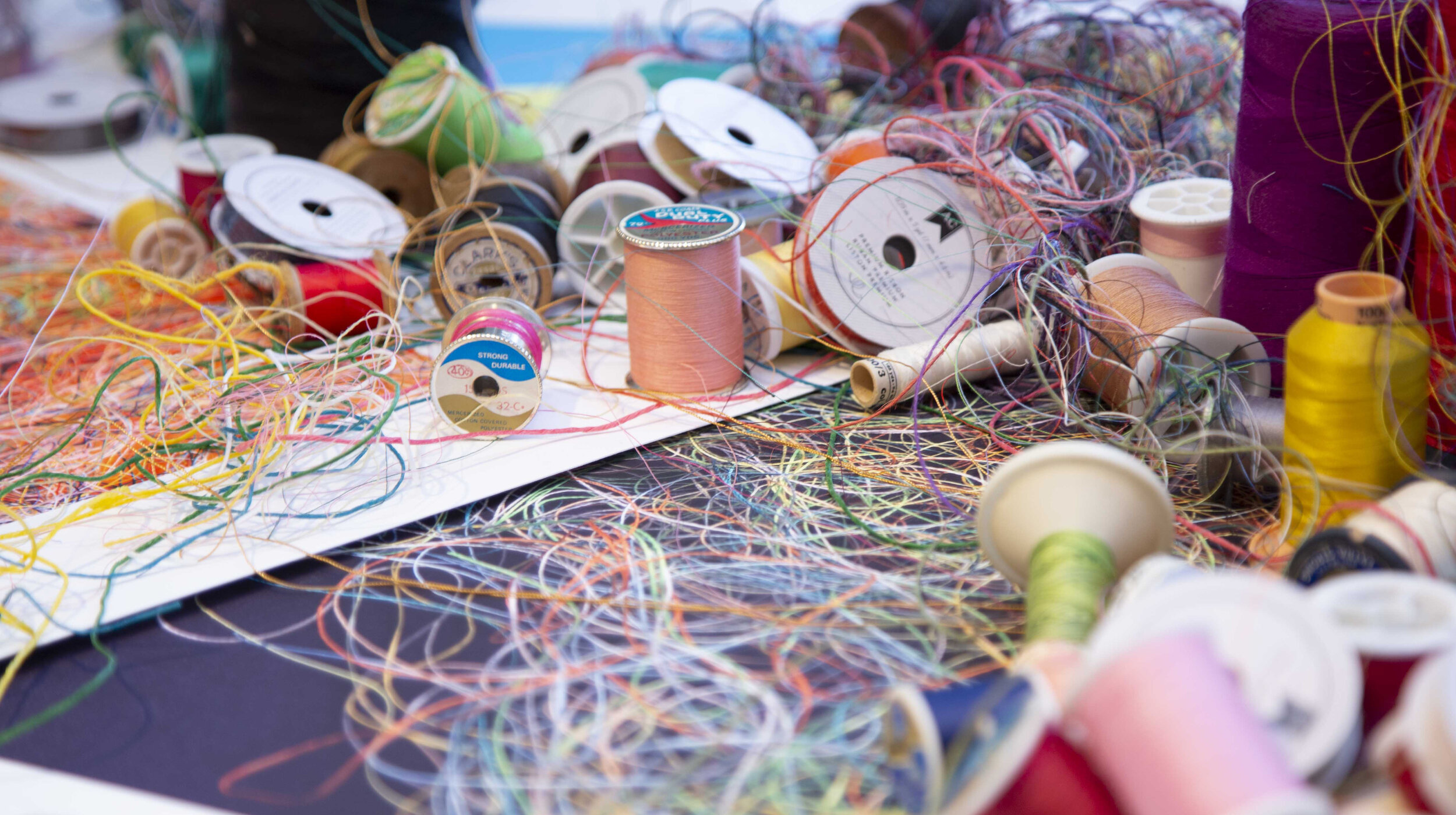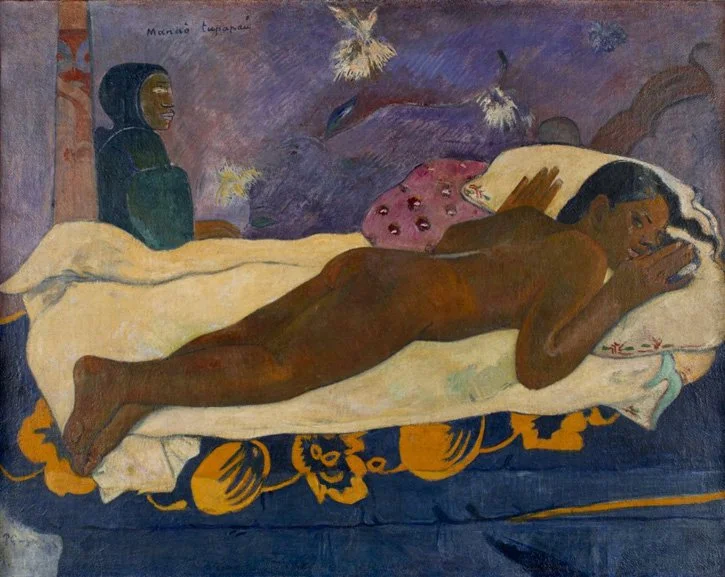
BLOG
ARTISTS BEHAVING BADLY
I don’t want euphemism. I don’t want erasure. I can acknowledge unforgivable acts and still argue the work belongs in public, framed honestly. I don’t want the truth whitewashed, and I don’t want the art erased. The real discipline is holding contradictory facts in your head without sanding them down, letting the discomfort do its work.
WHEN ARTISTS CAN’T SEE CLEARLY
I’ve been thinking about eyesight lately, for obvious reasons. Cataract surgery is on my horizon, and as a painter, the prospect of altered vision feels both frightening and strangely fascinating. Artists have always made work with the bodies and eyes they have—sometimes diminished, sometimes distorted—and the art often bears witness to those changes.
FINDING CREATIVITY IN THE DARK: A Story of Resilience and Art
I lost the use of both thumbs and my hands were in splints for several months.
I knew that my ability to paint was not just in my hands, nor was I the first artist to face this limitation. Renoir suffered from rheumatoid arthritis and his brush had to be strapped to his hand. Chuck Close became a quadriplegic but regained use of his arms. He, too, strapped his brush to his hand and paints, sometimes guiding the right hand with his left.



